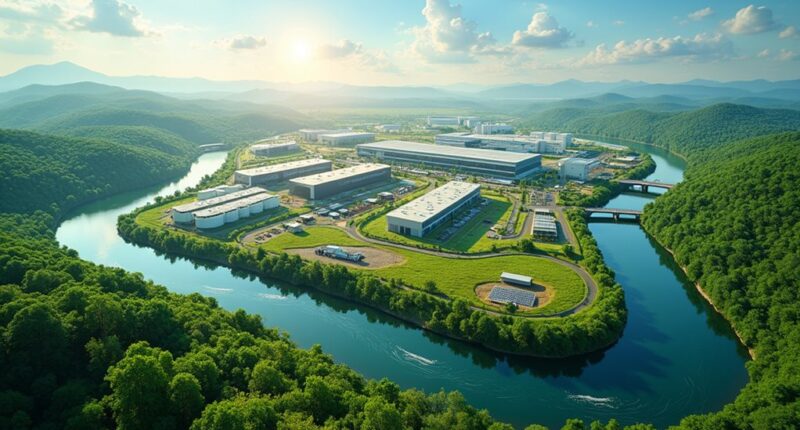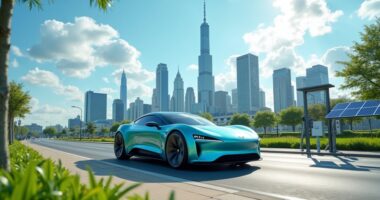Sustainable supply chain management is evolving like a fine wine in a climate-controlled cellar. Companies are integrating ESG factors to tackle their huge Scope 3 emissions, which are like that hidden monster under the bed. With regulators keeping a watchful eye, they must avoid the pitfall of greenwashing—no one likes a phony! Technological advancements like AI are sprucing things up, making transparency a breeze. There’s much more simmering beneath the surface, just waiting to be uncovered.
Emerging Trends in Sustainable Supply Chain Management
In the ever-evolving world of supply chain management, a new wave of trends is sweeping through like a fresh breeze on a summer day, bringing with it the promise of sustainability and responsibility.
At the forefront of this movement is the integration of Environmental, Social, and Governance (ESG) factors into supply chains, driven by intensified scrutiny from stakeholders and regulators alike.
Companies are increasingly focusing on managing Scope 3 emissions, the hidden gremlins that contribute the bulk of a supply chain’s carbon footprint, pushing organizations to not only talk the talk but walk the walk.
Companies are stepping up to tackle Scope 3 emissions, transforming sustainability talk into meaningful action throughout their supply chains.
As regulations evolve, compliance pressures mount, creating a landscape where the gap between lofty sustainability ambitions and actual performance is glaring.
Media outlets are quick to highlight instances of greenwashing, ensuring that companies are held accountable for their claims.
In this climate, supply chains are expected to drive circularity, enabling product returns and recycling while taking full responsibility for a product’s lifecycle.
Technology is also playing a starring role in this drama.
With the rise of artificial intelligence, machine learning, and blockchain, the once murky waters of supply chain operations are becoming clearer. Cost-to-serve strategies are increasingly being adopted, reflecting true costs and alternative flows, which empower organizations to make informed choices while increasing transparency. Key forces of change are also driving companies to adapt their supply chain strategies to remain competitive in a rapidly evolving marketplace.
Innovative AI-powered solutions are emerging as critical tools for tracking sustainability metrics and significantly reducing Scope 3 emissions throughout complex supply networks.
However, this technological leap may create a divide, leaving less advanced suppliers in the dust.
Meanwhile, the specter of geopolitical instability looms large, making risk management vital.
Companies are realizing that proactive strategies—like supplier mapping and scenario planning—are essential to navigate the stormy seas of political and economic volatility.
And as the world shifts toward a circular economy, organizations must innovate in materials and production methods, prioritizing resource efficiency.
In this intricate tapestry of trends, the future of sustainable supply chain management appears bright, albeit with complex challenges to navigate.









